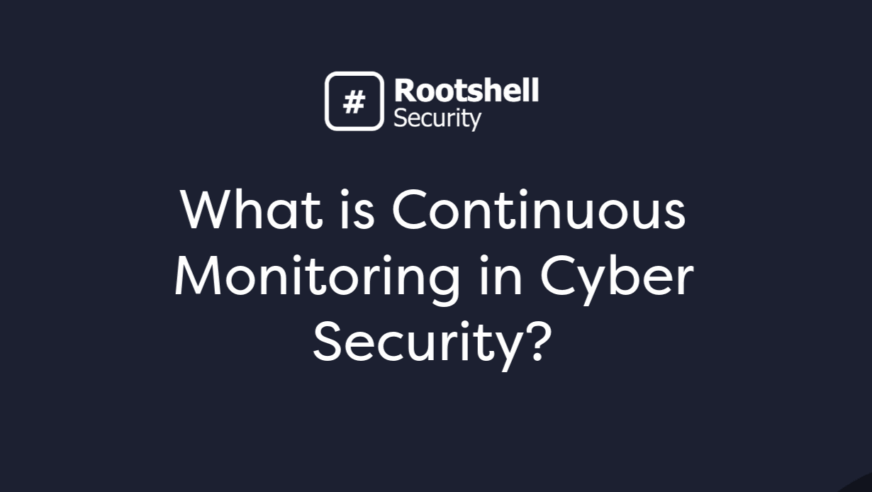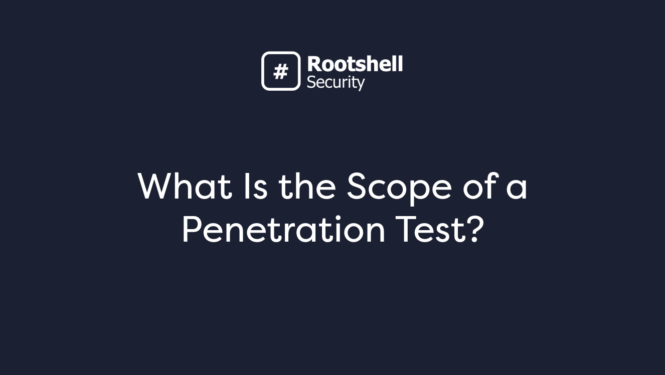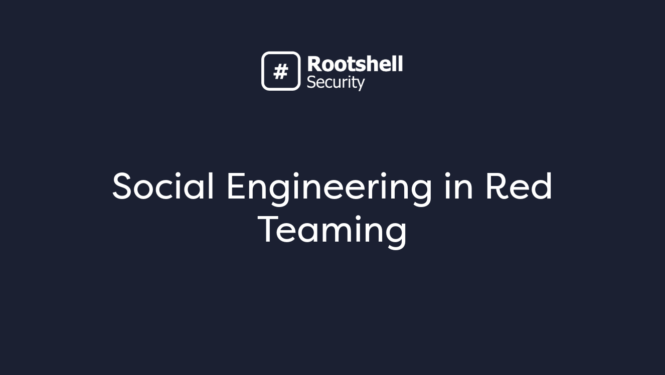Continuous Monitoring in Cybersecurity refers to a tool or process designed to detect vulnerabilities that could lead to a breach. Once identified, the tool alerts you promptly, allowing you to take action and reduce the potential threat. Organizations are always on alert for potential data breaches, malware and ransomware attacks. According to a Statista report, an estimated 600 million cyberattacks occur daily worldwide, amounting to over 219 trillion attacks annually—a reminder of the digital risks businesses face every day.
In this blog, we’ll break down what continuous monitoring is, how it works, its key benefits, and why it should be a part of your organization’s cybersecurity framework.
Why is Continuous Monitoring Important?
To protect your data and systems, you’ll need to monitor against threats using continuous security monitoring tools. Supported by Continuous Attack Surface Management, it provides real-time visibility into threats and vulnerabilities, making it an important part of any strong cybersecurity strategy. Here are some reasons why continuous monitoring is important for your business.
Real-Time Threat Detection
One of the main reasons continuous monitoring is so important is that it allows for real-time threat detection. With continuous monitoring, security teams can identify and fix threats as soon as they appear, reducing the potential impact on the organization’s systems and data.
Reduction of Risk Exposure
Continuous monitoring reduces the organization’s risk exposure by providing a constant layer of oversight. By constantly monitoring activity, businesses can quickly spot unusual behavior that may signal a threat, helping stop security breaches.
Compliance with Regulatory Requirements
Many industries are subject to strict cybersecurity regulations that require regular security assessments and timely incident reporting. Continuous monitoring can help businesses comply with these regulatory requirements by making sure that security activities are documented and that any breaches are quickly detected and reported. This is especially important for industries such as healthcare and finance.
Reducing the Impact of Security Incidents.
Cyber incidents can be damaging, both financially and reputationally. Continuous monitoring makes sure that security teams are alerted to any suspicious activity as soon as it happens, allowing them to respond quickly and reduce the damage.
Whether it’s isolating compromised systems or controlling data breaches, continuous monitoring helps contain incidents before they spiral out of control.
How Does Continuous Monitoring Work?
Data Collection
Continuous monitoring begins with the collection of security data from various sources within the organization’s infrastructure. Log files
- Event data
- Network traffic
- System performance metrics
- Alerts from security tools, such as: Firewalls, Intrusion Detection Systems (IDS) and Endpoint protection software
Data Aggregation
Once data is collected, it is compiled into a central system for analysis. This can involve the use of security information and event management (SIEM) platforms, which collect, normalize, and store security-related data from different sources. The collection of data helps security teams analyze trends and identify patterns that might indicate a security threat.
Real-Time Analysis
After data is collected, it undergoes real-time analysis using advanced algorithms, machine learning, and other detection techniques. Security teams use this analysis to identify any anomalies, irregularities, or suspicious behavior that may indicate a security threat. For example, continuous monitoring systems might flag an unusual login attempt from an unrecognized device or a spike in network traffic that could signify a DDoS attack.
Alerting and Reporting
When a potential security threat is detected, the monitoring system triggers alerts to notify the security team. These alerts can range from high-priority warnings, such as an attempted data breach, to lower-priority events, such as a failed login attempt. Alerts are typically prioritized based on the severity of the threat, with the most critical issues requiring immediate attention. In addition to alerts, continuous monitoring platforms often provide detailed reports on security incidents, including logs and historical data.
Incident Response
Upon receiving an alert, security teams initiate the appropriate incident response procedures. This may involve investigating the source of the threat, isolating affected systems, blocking malicious activity, or taking steps to reduce the damage. The faster the response, the less damage is likely to occur.
Ongoing Review and Improvement
Continuous monitoring is not a one-time process but an ongoing cycle of detection, response, and improvement. After each incident or security alert, security teams review the event and take steps to strengthen defenses against similar future threats. This may include updating security protocols, patching vulnerabilities, or implementing new monitoring tools.
Technologies and Tools for Continuous Monitoring
Security Information and Event Management (SIEM) Systems: SIEM platforms aggregate, analyze, and store security-related data from various sources.
Intrusion Detection Systems (IDS) IDS tools detect potential malicious activities or policy violations on networks and systems.
Endpoint Detection and Response (EDR): EDR tools monitor endpoints, such as computers, mobile devices, and servers, to detect suspicious activities and provide real-time threat intelligence.
Network Traffic Analysis Tools: These tools monitor network traffic in real time to detect suspicious behavior or signs of attacks, such as distributed denial-of-service (DDoS) attacks.
Vulnerability Management Tools: Continuous monitoring also involves regular vulnerability assessments to identify and address weaknesses in your systems before they can be exploited.
Challenges of Continuous Monitoring
While continuous monitoring does offer benefits, it also presents some challenges:
- Data Overload: Continuous monitoring generates a large amount of data, and security teams may struggle to keep up with the volume of alerts and logs. Filtering and prioritization of security incidents can help to avoid this kind of fatigue.
- Cost and Resources: Implementing and maintaining continuous monitoring can be resource-intensive, requiring skilled personnel, advanced tools, and a strong IT framework.
- Complexity: Monitoring and analyzing large networks and systems can be complex, especially for organizations with hybrid environments. This requires expert knowledge and tools.
Advantages of Continuous Security Monitoring
Real-Time Threat Detection: Spot suspicious activity or potential breaches as they happen.
Reduced Risk of Data Breach: Identify and resolve vulnerabilities before attackers can exploit them, helping to prevent ransomware, phishing, and other threats.
Better Compliance: Stay aligned with security and privacy regulations like GDPR, HIPAA, and PCI-DSS by continuously monitoring for misconfigurations and policy violations.
Faster Threat Detection – Continuously scans your environment, helping identify threats such as phishing, malware, or unauthorized access. Learn more about how attackers operate in this blog, all about phishing tactics.
Operational Efficiency: Automate routine checks and consolidate alert management, reducing manual work and improving your security team’s productivity.
Better Reporting & Auditing: Continuous logging provides data for audits, compliance checks, and post-incident investigations.
Stay Protected From Cyber Threats with Continuous Monitoring
At Rootshell Security, we give your organization the tools to stay proactive—not reactive—against cyber threats. With our continuous attack surface management and continuous threat exposure, you can get a full picture of your infrastructure and the ability to identify vulnerabilities as they appear.
Cyberattacks aren’t slowing down, so why should your defenses? Take the next step toward stronger, smarter security. Book a demo with our team today and discover how continuous monitoring can help your approach.



